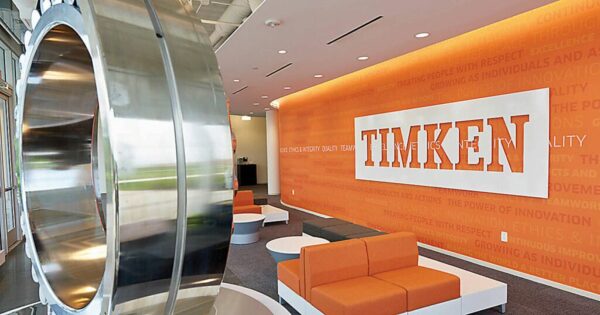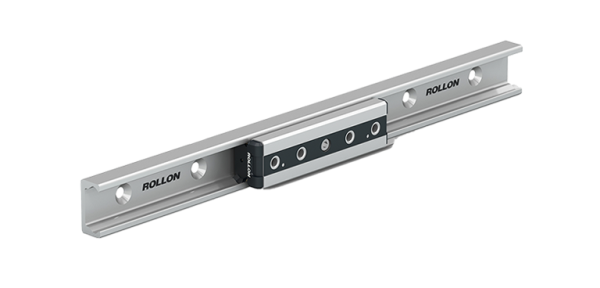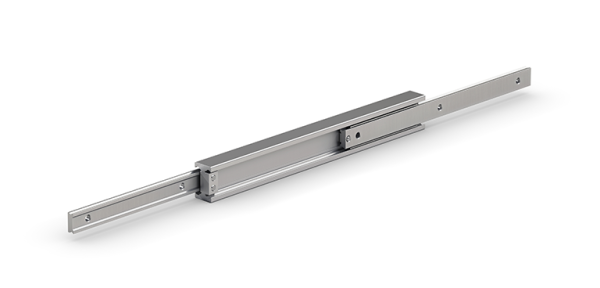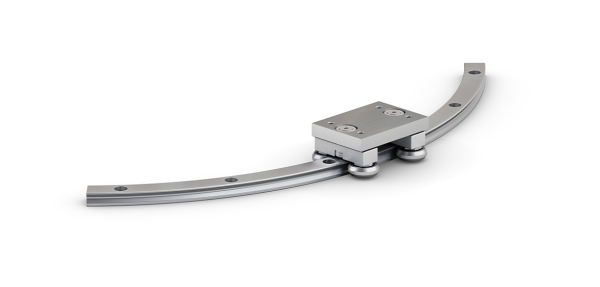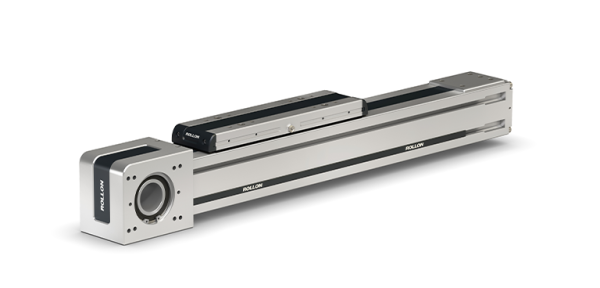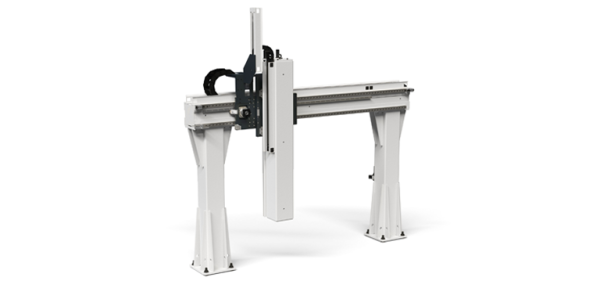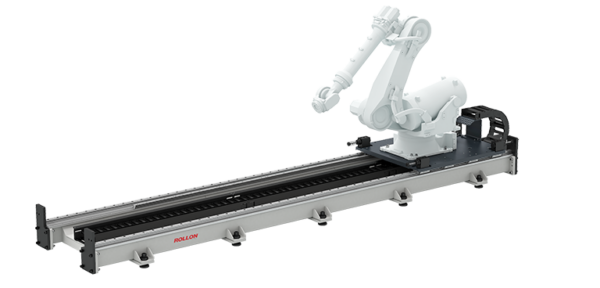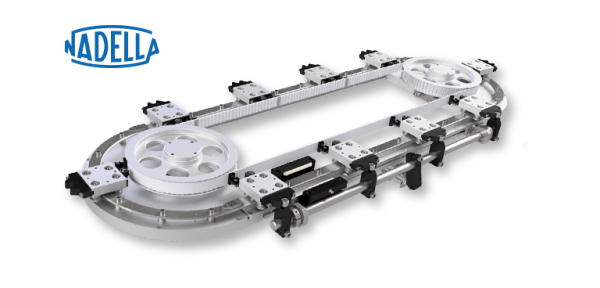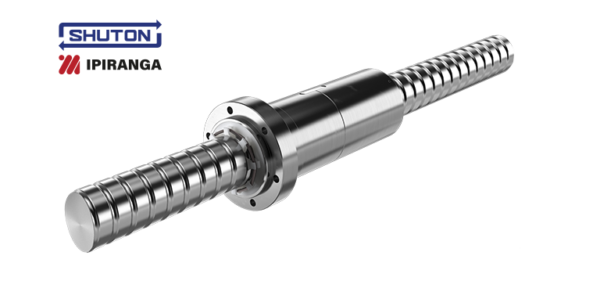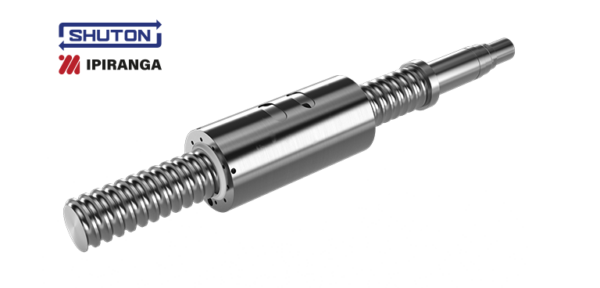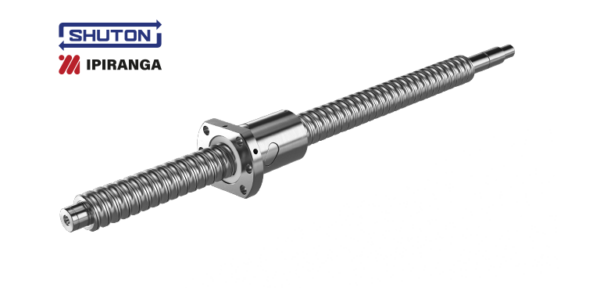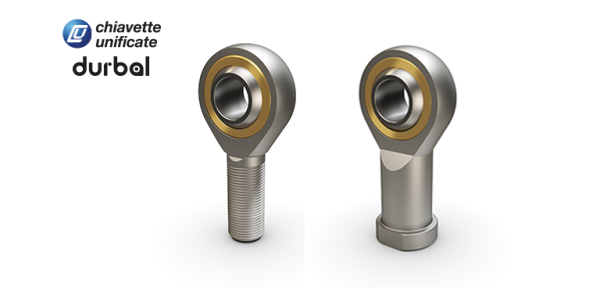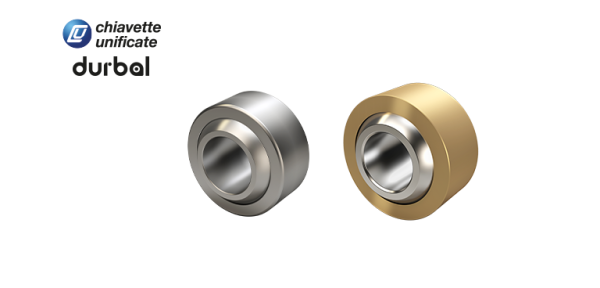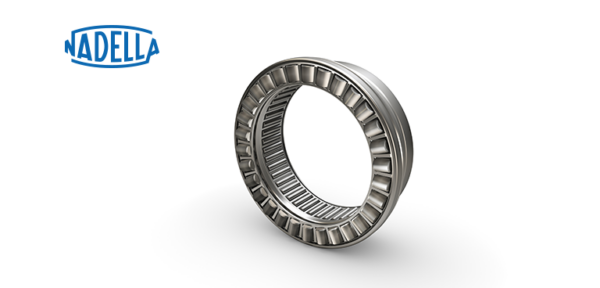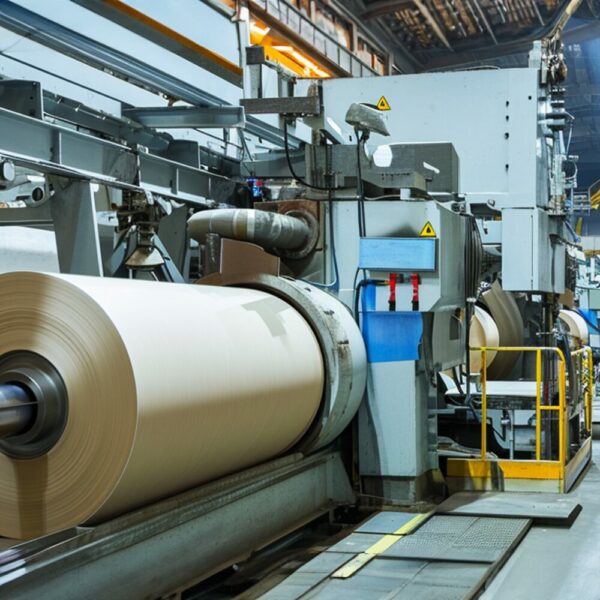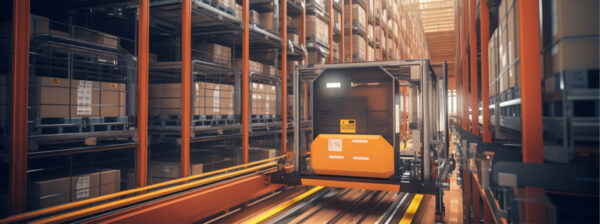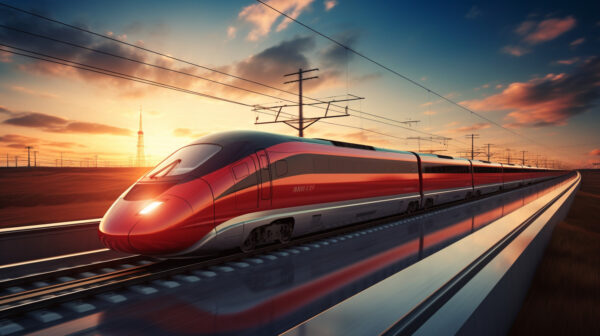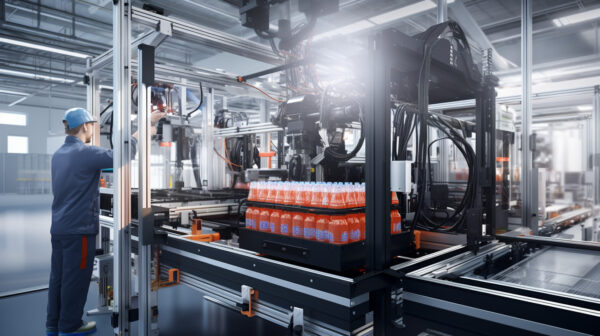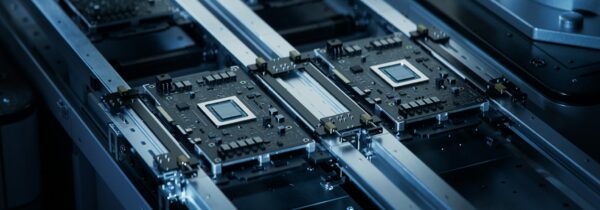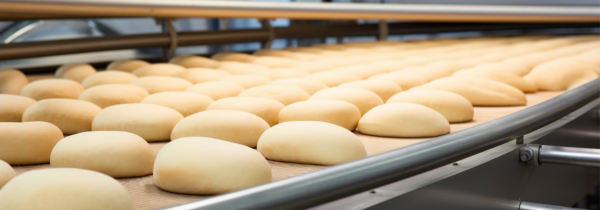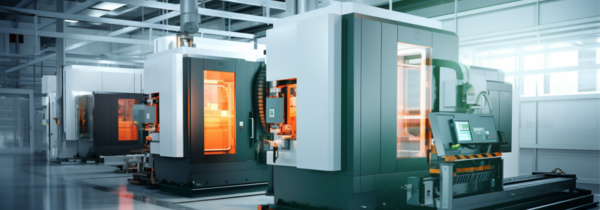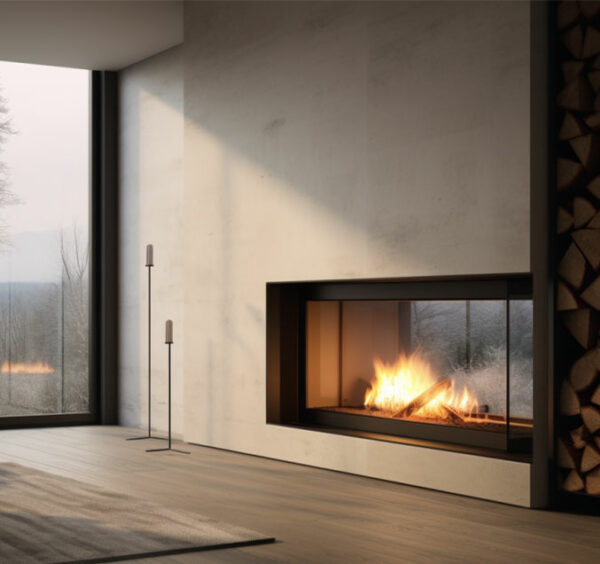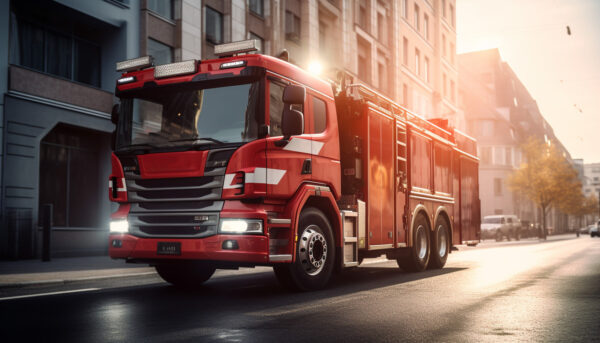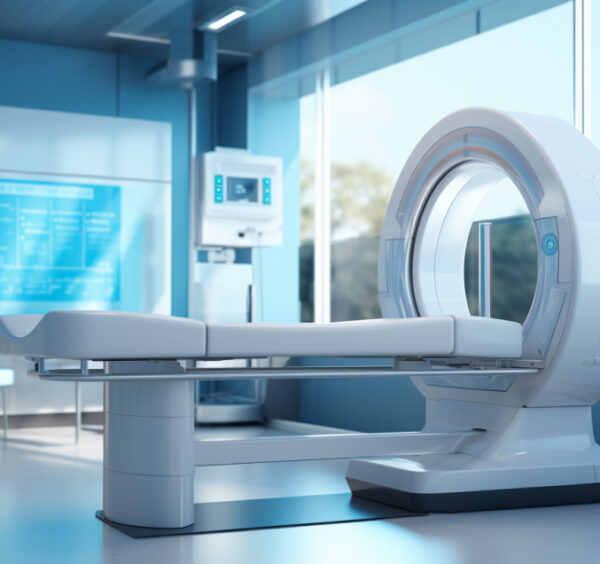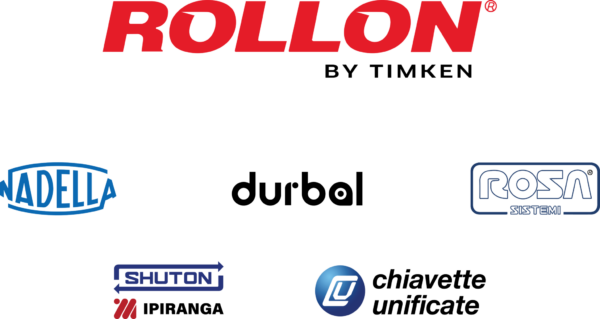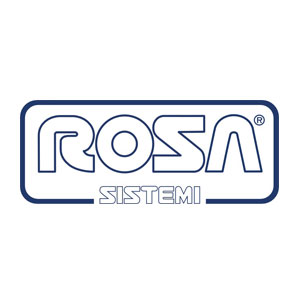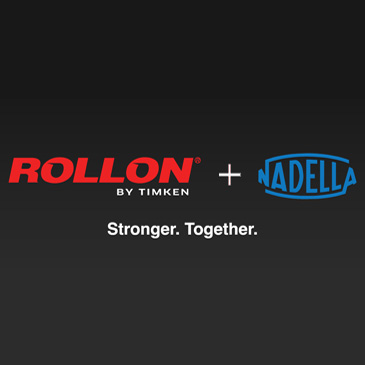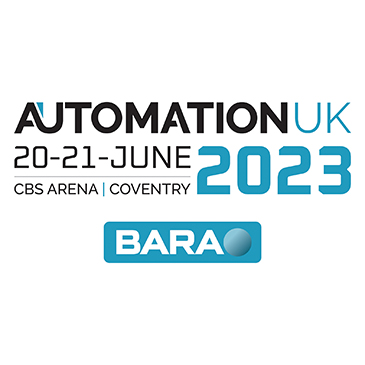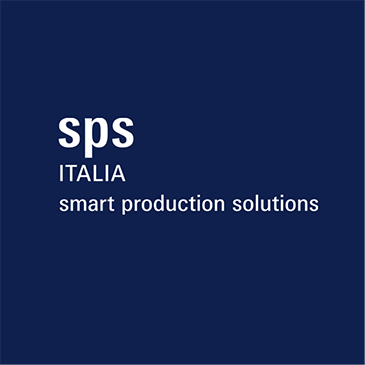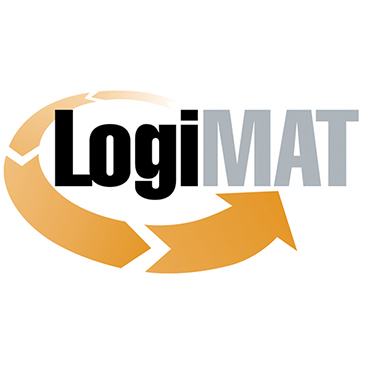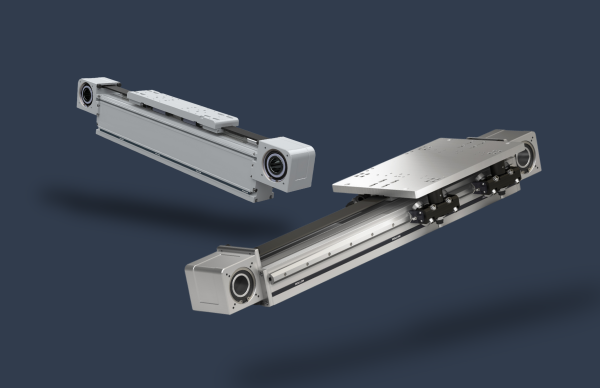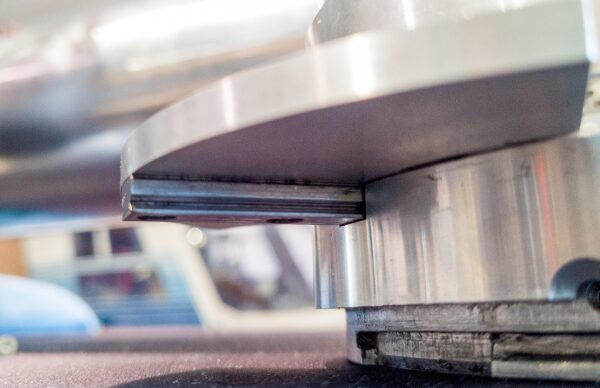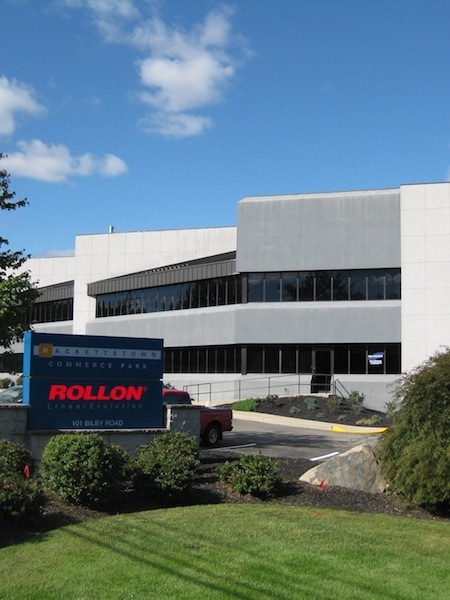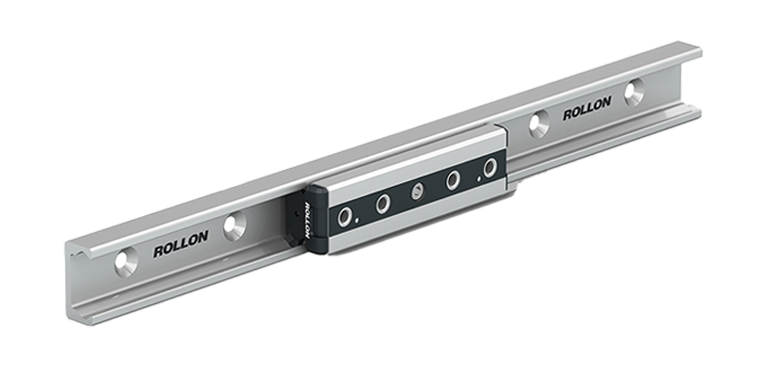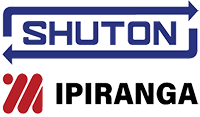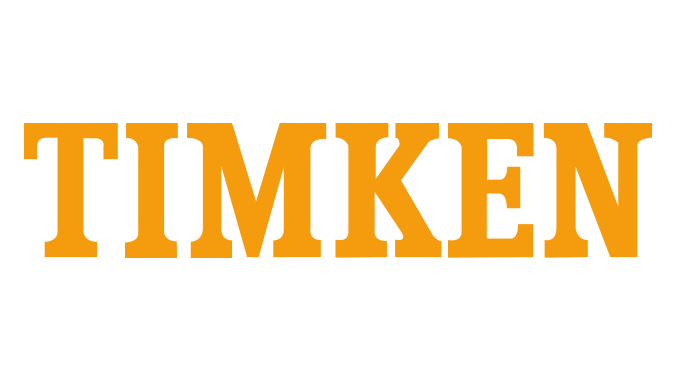Deciding the ideal linear guide for your application involves carefully assessing the application from every angle. Parameters such as load, dynamics, precision and environment are important in determining the choice of technological equipment.
For many applications, a parameter which can make the difference not only in terms of performance and lifespan, but also – crucially – in terms of simplifying the project and reducing the costs of application is the ability to manage misalignments of the mounting surfaces.In this guide, we will go into detail about the conditions under which a linear rail with roller bearings is the preferable choice, as well as the main fields of application in which it is most effective.
When should you choose a linear rail with roller bearings?
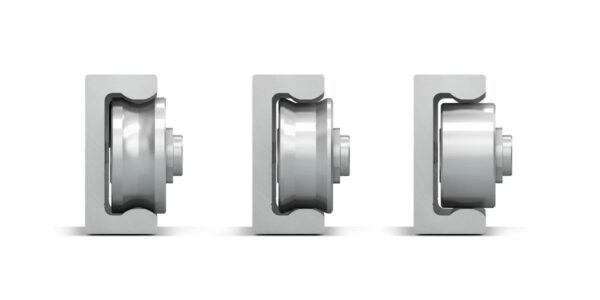
Freedom of design and misalignments
Linear rails with roller bearings are rails which are capable of managing misalignments of the order of just a few millimetres, in terms of both parallelism and flatness; they operate quickly and quietly, and can manage significant misalignments in terms of both parallelism and flatness.
As such, when assessing the application, one of the first questions the designer must ask themselves regards the conditions of the surfaces the rails will be mounted on.
Linear rails with roller bearings are rails which are capable of managing misalignments of the order of just a few millimetres, in terms of both parallelism and flatness; they operate quickly and quietly, and can manage significant misalignments in terms of both parallelism and flatness.
As such, when assessing the application, one of the first questions the designer must ask themselves regards the conditions of the surfaces the rails will be mounted on.
Indeed, in the case of working on structures that are not particularly precise or rigid, it is advisable to select a linear rail capable of managing these imprecisions, thus avoiding additional costs and complexities such as finishing processes or complex alignment operations during installation.
There are countless applications in the world of industrial automation that are examples of this, such as packaging machines, feeding production workstations, or protective doors for the machines themselves, but also many outdoor applications in special vehicles and the railway sector, or the automation of medical devices.
Dirty work environments
Linear rails with roller bearings are considerably more efficient than other ball rails in managing impurities thanks to the diameter of the rolling elements. Not only this, but they also make it possible to install devices which protect and remove impurities from the raceways. This is especially crucial in environments filled with dust, shavings, processing residues and contaminants in general.
Corrosive work environments
A linear rail manufacturer’s ability to provide a range of different corrosion-resistant surface treatments is a determining factor when choosing a product for an application which exposes it to corrosive agents, be they moisture, acids or bases. In this case, passivated electro-galvanisation and nickel-plating processes prove to be highly effective.
Quiet sliding
Nowadays, increasing attention is being paid to the issue of noise pollution, even in industrial settings, with efforts to limit the decibel level in production departments.
That is why it is preferable to opt for rails with roller bearings and, in particular, ground raceways which can provide a smooth – and therefore quiet – sliding movement.
In other conditions, quiet operation becomes indispensible and, at the same time, synonymous with quality: just think of applications in the medical or retail sectors, or even in aircraft interiors.
An interesting fact: Rails with roller bearings, from da Vinci to the modern day
One of the first examples of rollers with rolling elements was given to us by the Italian genius Leonardo da Vinci, who drafted its structure as he understood the ability of spherical elements to lessen the friction between a moving part and a fixed part.
The first patent for a roller bearing was filed by Philip Vaughan in 1794. Vaughan was a Welsh inventor who designed carriages and patented the first axle unit which used roller bearings.
Indeed, the axles he previously used on carriages would wear out due to the friction, but Vaughan’s use of roller bearings eliminated the direct contact between the drive shaft and the axle.
Another patent was filed on 3 august 1869 by Jules Suriray, a Parisian bicycle mechanic, who used these rollers on the bicycle which won the first edition of the Paris-Rouen race in November 1869.
The development and industrialisation of rollers as we know them today occurred in the late 19th century thanks to the contribution of Henry Timken, who founded the Timken Company in 1899.
Want to know more? Discover all the benefits of hardened linear rails with roller bearings by downloading the white paper


